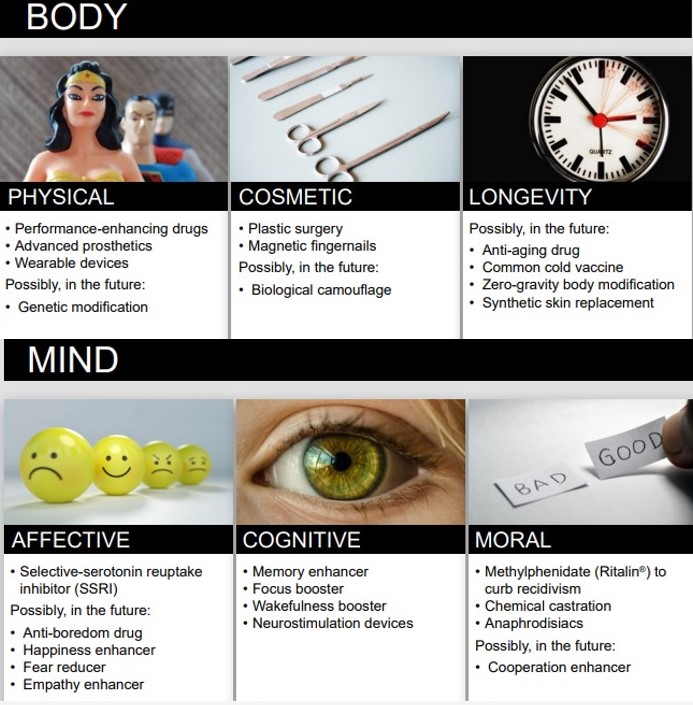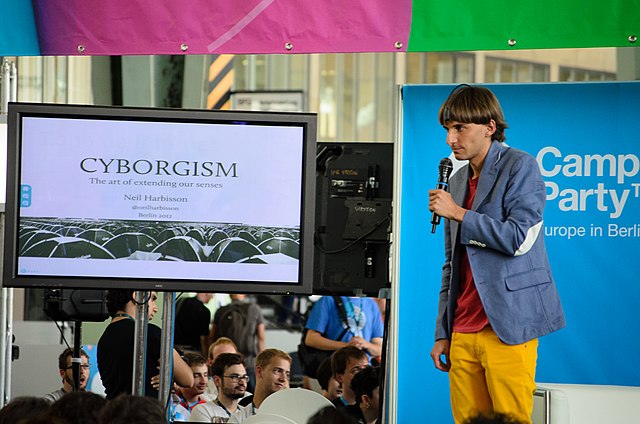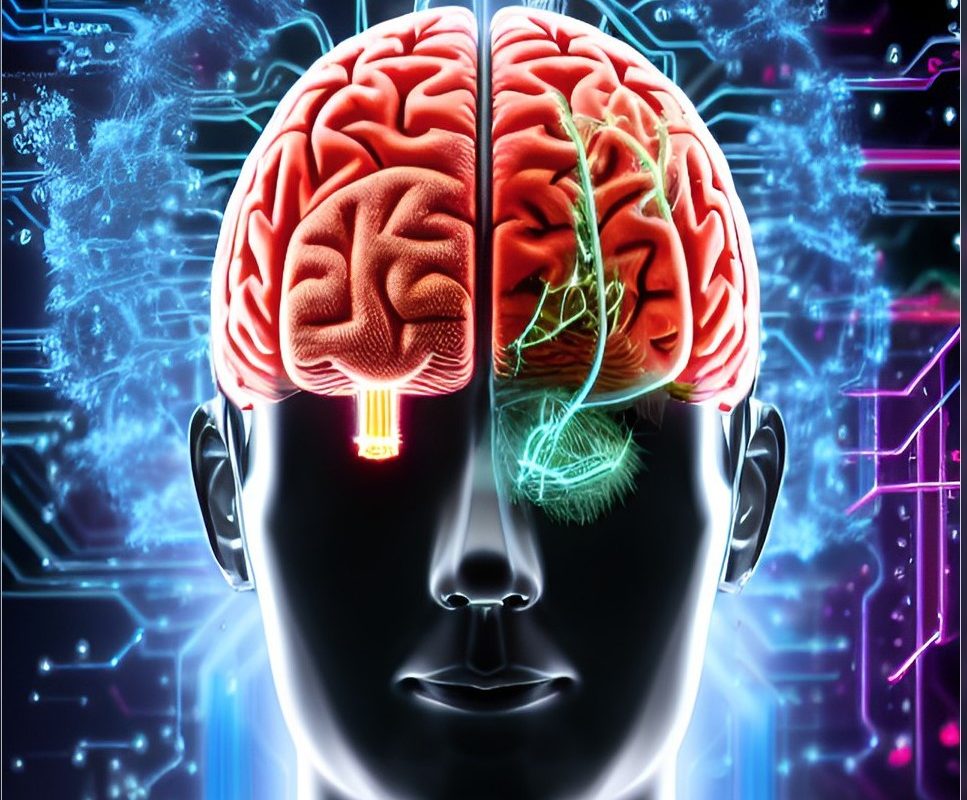We are in an era of scientific breakthroughs that will change the way humans are. The integration of technology in the human body has many positive applications for medical science, however the future will also encompass ethical issues that need to be addressed if we want to avoid technology surpassing our human existence.
The advancement of new technologies has made possible the enhancement of humans. We have started the race to create a better version of ourselves (smarter, younger, taller) in a way that has not been seen before. These technologies have also helped people with diseases, congenital disorders, and physical limitations; however, these have also blurred the boundaries of what means to be a human. Where are the limits on human enhancement?
This ethical dilemma is now being researched by several organizations including the European Union with the Project SIENNA. This funding program oversees innovative programs until 2027 with focus on AI, human genomics, and human enhancement for good. The project SIENNA has defined human enhancement as “the process of positively augmenting our abilities, permanently or temporarily. It includes any technology that expands or positively alters our capabilities or appearance: drugs, hormones, implants, genetic engineering, or some surgeries.”
This project has also divided human enhancement into two: body and mind enhancements.

Body enhancements
As examples of body enhancement, we have the world renown Cyborg Artist Neil Harbisson, who is known for having an antenna implanted in this skull. This antenna allows him to perceive visible and invisible colors via audible vibrations in his skull including infrareds and ultraviolets as well as receive colors from space, images, videos, music, or phone calls directly into his head via internet. He mentioned in one interview that listening to Mozart is a yellow experience. He created the Cyborg Foundation in 2010 which helps humans become cyborgs and defend their rights.

Another example and contrary to the implant in Neil Harbisson’s skull, AlterEgo is a non-invasive wearable interface that allows the user to converse with a computing device without any voice or any discernible movements. This AI based system captures the neuromuscular signals of internal speech articulators. The feedback coming back to the user from the AI is given through audio, via bone conduction. This technology is currently being used for patients with advanced Multiple Sclerosis (MS).
We can see the same technology in the project of Facebook building 8 guided by the ex-Director of DARPA (Defense Advanced Research Projects Agency) Regina Dugan. This technology went beyond other technologies and improved the feedback process by letting the user learn the acoustic shape of a word though the skin. For example, the word black moves from low frequency regions to high frequency regions and these frequencies can be sensed through the skin. This would mean that AI could communicate with you through your skin and enhanced your cognitive capabilities.
We are still far away from integrating technology in our bodies to read our minds, but new non-invasive projects such as artificial intelligence swimming microrobots, can now be injected to your blood and transmit signals wirelessly in real time. They cannot read the mind, but this technology is now being used for early diagnosis of diseases.
Mind Enhancements
As mind enhancement examples we find several technology companies that use wearables to foster attitudes and behaviors that are considered morally or socially acceptable. For example, Apollo Neuro produces a stress relief bracelet thar alleviates anxiety, depression, and related mental health disorders. This neurostimulators device can deliver electrical signals to specific parts of the human brain. It works by transmitting vibrations along the ankle or wrist. These vibrations are gently and soothing and intend to calm people down. The global neurostimulation device market size reached US$7.9 Billion in 2022, and forecast is that by 2028 it will be a US$14.8 billion market.
Another example of mind enhancement is now being used for Autistic children. Empowered Brain is the first world wearable system that helps students with autism, ADHD, and other social emotional challenges learn social emotional literacy through games.

Human enhancement is no longer science fiction. We read more and more about the transhumanist movement that is pushing humanity to embrace technology not as symbolic or cognitive extension tool, as in the case of smartphones, but as part of our biology.
It is true that enhancement technologies are being used for the benefit of humans, however their implementation demands practical discussions globally about its ethical, legal and social implications. For example, genetic enhancement technologies have the potential to cause new hierarchies, to increase social inequalities and to create new population divides. If not regulated this technology can advance so fast that it could replace our entire biology and by doing so, we could become an extinct species.
Where is this trend going? We don’t know exactly, but a glimpse of our future can be seen in Welcome Leap, a new organization, lead by Regina Dugan, which is dedicated to accelerating breakthroughs in human health.
